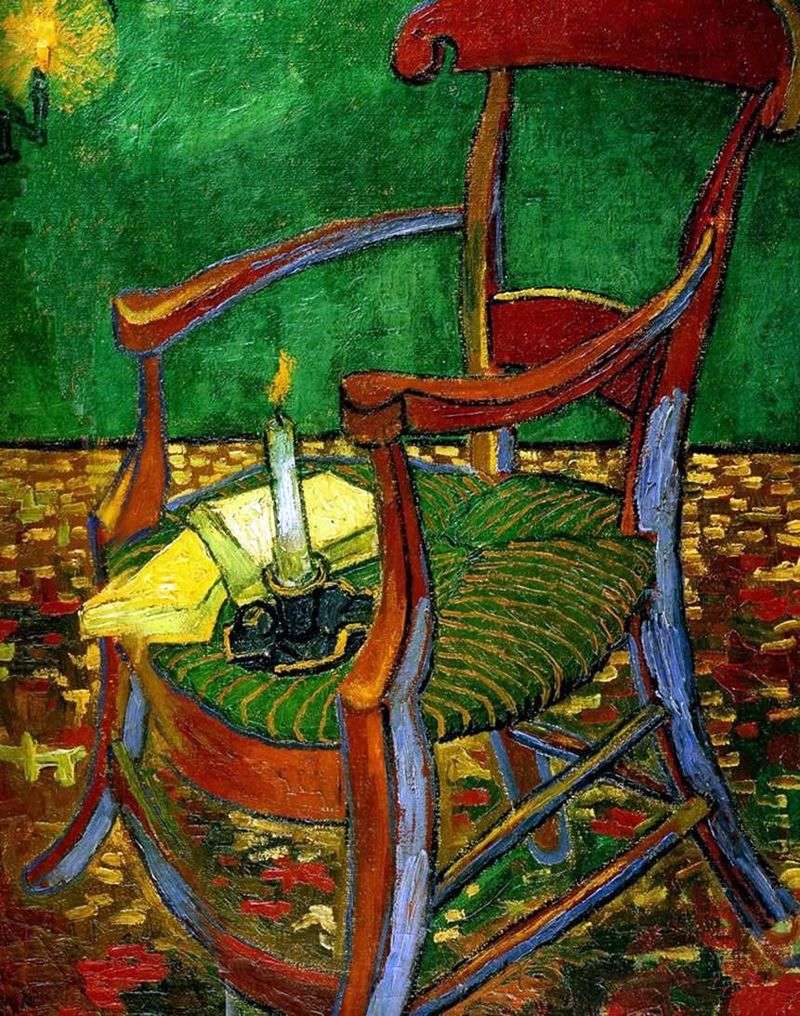
The painting “Van Gogh’s Bedroom” was written in 1888 in Arles. A few months earlier, the artist moved to a new house, where he rented one of the rooms. At that time he dreamed of creating a “Workshop of the South” – a house where artists of the new age will work together. Optimistic moods and hopes for a better future were expressed in most of Van Gogh’s works of this period.
The picture shows an unremarkable, simple room. A wooden bed occupies almost a third of the space, on the left is a small dressing table with a jug and two armchairs. But in the unpretentious interior of the room, Van Gogh finds beauty and tries to give it a new, uncommon sound.
The artist intentionally simplifies the colors and makes them brighter, distorts the perspective, due to what the interior seems written by an inept childish hand. In a letter to Gauguin, Van Gogh wrote that he would like to convey a peaceful atmosphere that evokes thoughts of rest and sleep.
At the same time, there is a melancholy motive in the picture, which is felt when looking at the deserted space of the room, the black window frame and, especially, the empty chairs. The motif of empty chairs often sounds in Van Gogh’s work. He often portrayed them as a symbol of uselessness and loneliness.
 House of Vincent in Arles (yellow House) by Vincent Van Gogh
House of Vincent in Arles (yellow House) by Vincent Van Gogh The Bedroom by Vincent Van Gogh
The Bedroom by Vincent Van Gogh Spectators in the arena in Arles by Vincent Van Gogh
Spectators in the arena in Arles by Vincent Van Gogh The chair of Gauguin by Vincent Van Gogh
The chair of Gauguin by Vincent Van Gogh Arles Ladies by Vincent Van Gogh
Arles Ladies by Vincent Van Gogh Vincent’s chair and his smoking pipe (Vincent’s chair with a pipe) by Vincent Van Gogh
Vincent’s chair and his smoking pipe (Vincent’s chair with a pipe) by Vincent Van Gogh View of Arles with irises in the foreground by Vincent Van Gogh
View of Arles with irises in the foreground by Vincent Van Gogh Walking in Arles by Vincent Van Gogh
Walking in Arles by Vincent Van Gogh